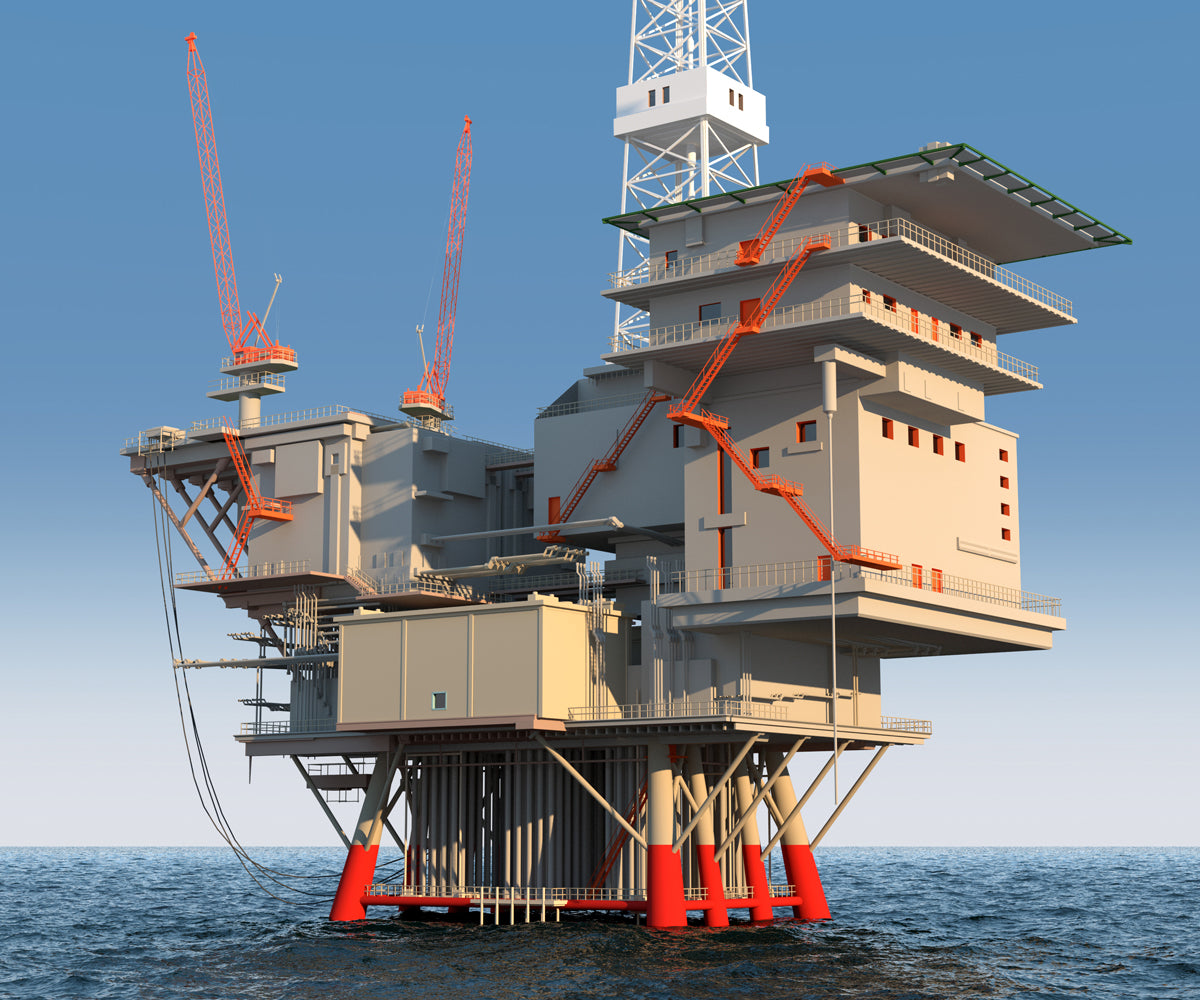Summary
A German manufacturer of drilling systems for the oil and gas industry has developed a remote controlled, semi-autonomous submarine robot for constructing, operating and dismantling installations at depths of 2000 meters. Series 1010 optical fibers and amplifiers for liquid level detection are used to monitor the seals in its deep-sea switch cabinet.
Customer Values
- Small size
- Space-saving and flexible
- Lower risk of failure as no moving or conductive parts
- Highly robust and durable
- Contact liquid detection
- Scratch-resistant, glass prism
- Impervious (protection class IP 68)
Customer Application
Unmanned deep-sea equipment performs many functions in off-shore exploration and mineral extraction.
A submarine robot based on a crawler-style chassis must not only prepare the sea-bed for deep-sea plant construction, but also put together the components of the plant as they are lowered from a ship. The robot is controlled through an electric “umbilical cord” either from a ship or a central land base. The electrical engineering required to operate the submarine robot is housed in a pressure-resistant steel cylinder with redundant multiple seals, whose inside diameter measures 600 mm. The task is to monitor these seals for water penetration and so ensure the perfect electrical function of the submarine robot.
For unmanned operation at ocean depths of 2000 meters, all components must be correspondingly robust, reliable and low maintenance.
Customer Solution
This challenging application is resolved with optical fiber liquid level sensors type LFP-1010-020. At the end of a two-meter long synthetic optical fiber is a millimeter-sized sensing head. Since sensor and amplifier occupy separate spaces, these optical fibers are perfectly suited to cramped conditions. Their optical parts are impervious to corrosive seawater atmospheres (protection class IP 68).
To protect the underwater switch cabinet, the customer installs three optical fiber sensors at intervals of 120° on the floor and connects them to three amplifiers. These amplifiers (type LFK-3066-101 with 12-position potentiometer and illuminated scale) send, amplify and receive the light signal. If the beam is broken, they will trigger an alarm or switch on a connected pump. Since water collects at the bottom of the horizontal housing cylinders and in the gaps between seals, optical fibers for liquid level detection were built vertically into the underwater switch cabinet, where they react when water reaches a depth of three millimeters. This provides the driver with detailed indications regarding any potential failure of the seals.
The inside of the PLC box is also monitored with sensors. If water penetrates, other PLCs can take over its function in the network.
